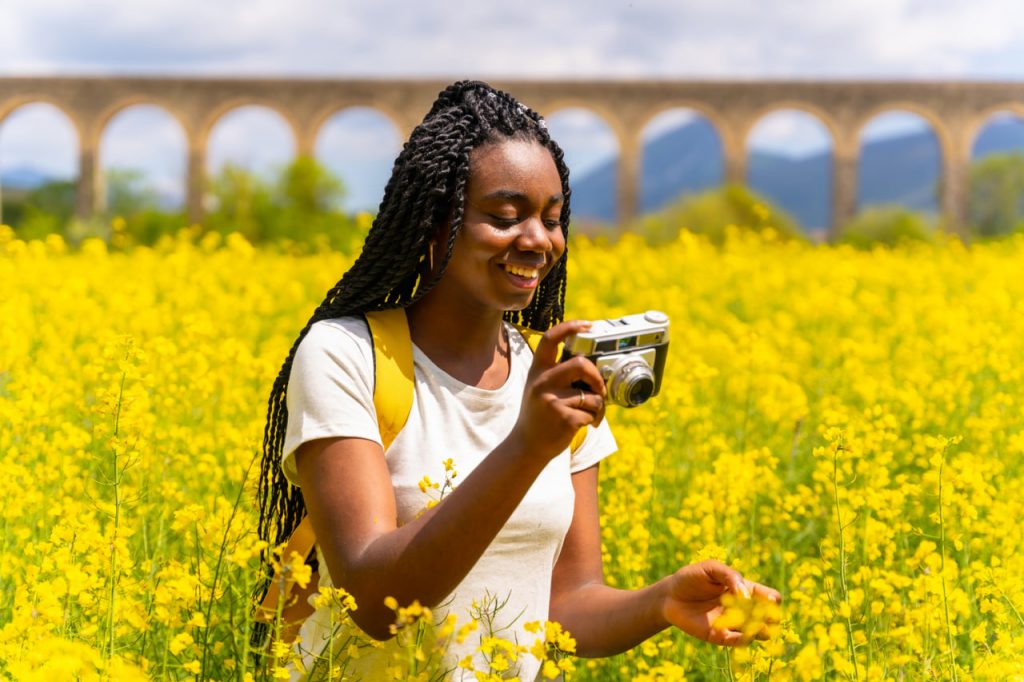Starting out in nature photography can feel overwhelming, especially when faced with the variety of cameras, lenses, and accessories available. The good news is that you don’t need the most expensive or complicated gear to capture beautiful images. This guide will help you understand the essential equipment every beginner should consider, along with tips on how to choose the right tools for your nature photography journey.
Cameras: Finding the Right Fit
When choosing your first camera, it’s important to balance your budget with your needs. Many beginners start with a DSLR or mirrorless camera because they offer flexibility, good image quality, and interchangeable lenses. DSLRs are reliable and often more affordable, while mirrorless cameras tend to be lighter and more compact, with faster focusing systems.
If you are just testing the waters, a high-quality point-and-shoot camera or even a smartphone with a good camera can be enough to get started. The key is to learn the basics of exposure, focus, and composition before investing in more advanced gear.
Look for cameras that offer manual controls, so you can experiment with shutter speed, aperture, and ISO. This control is essential for mastering nature photography because lighting conditions change frequently outdoors.
Lenses: Seeing Nature Differently
Lenses make a huge difference in the kinds of photos you can capture. For beginners, a versatile zoom lens such as an 18-55mm kit lens is a great starting point. It allows you to shoot wide landscapes as well as closer details without changing lenses constantly.
As you grow your skills, you might want to add a telephoto lens (for example, 70-300mm) to photograph wildlife from a distance. Telephoto lenses help keep you safe and prevent disturbing animals while still capturing sharp, detailed images.
A macro lens is also worth considering if you enjoy close-up shots of flowers, insects, or textures. Macro lenses let you focus very closely and reveal details the naked eye might miss.
Tripods: Stability Matters
A sturdy tripod is one of the best investments for any nature photographer. It helps keep your camera steady in low-light situations, such as dawn, dusk, or forest scenes with limited sunlight. Tripods also allow you to experiment with long exposures to capture motion in waterfalls, rivers, or clouds.
Look for a tripod that is lightweight enough to carry on hikes but strong enough to support your camera gear. Features like adjustable legs, quick-release plates, and a ball head for easy positioning make shooting more comfortable and efficient.
Accessories: Small Tools, Big Impact
Beyond cameras and lenses, a few key accessories can greatly improve your photography experience. A camera bag with padded compartments protects your equipment and keeps it organized while you’re on the move.
Extra batteries and memory cards are essential because outdoor shoots can last hours, and you don’t want to run out of power or storage at a crucial moment.
Filters, such as polarizers and neutral density (ND) filters, enhance your images by reducing glare, boosting colors, and enabling creative effects like smooth water or motion blur.
A remote shutter release or intervalometer lets you trigger your camera without touching it, reducing shake and allowing for precise timing during long exposures or time-lapse sequences.
Tips for Choosing Your Gear
Before buying, try to handle equipment in stores or rent gear to test what feels comfortable. Avoid buying the latest, most expensive models right away. Focus instead on learning how to use your current gear effectively.
Consider your photography style and goals. If you love landscapes, prioritize wide-angle lenses and tripods. For wildlife, telephoto lenses and fast autofocus systems matter more.
Lastly, remember that skill and creativity are more important than gear. Many iconic nature photos were taken with simple equipment. Practice, patience, and learning to see the world through your camera are what will truly make your images stand out.

